49+ Sample Independent Contractor Agreements
-
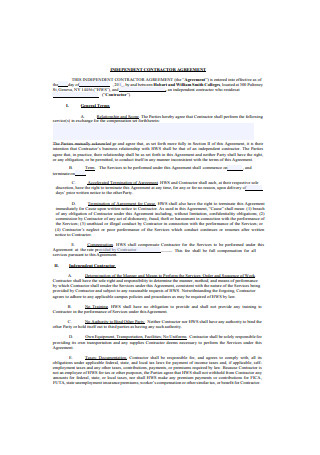
Independent Contractor Agreement Sample
-
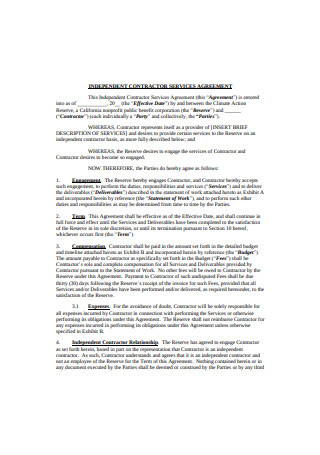
Independent Contractor Services Agreement
-
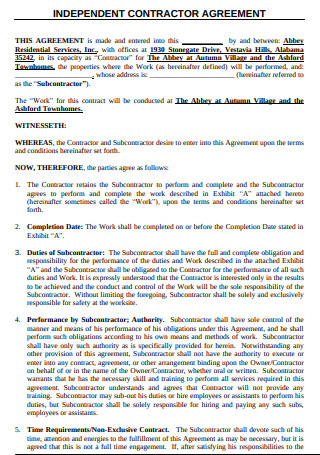
Basic Independent Contractor Agreement
-
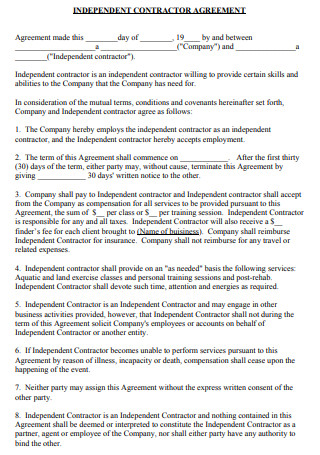
Construction Independent Contractor Agreement
-

Simple Independent Contractor Agreement
-
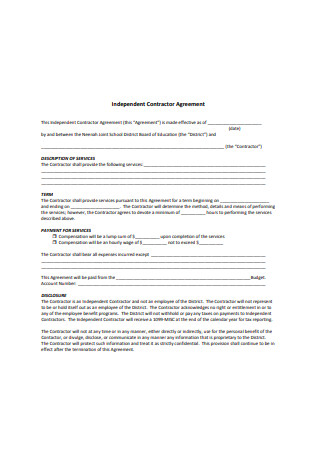
General Independent Contractor Agreement
-
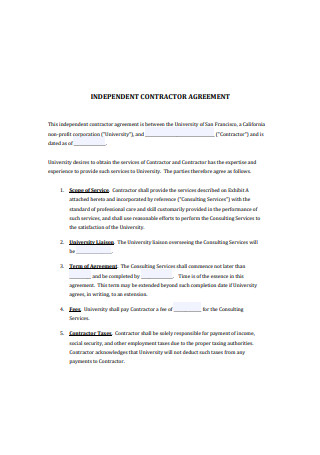
Independent Contractor Agreement Form
-

Sample Independent Contractor Agreement
-

Formal Independent Contractor Agreement
-
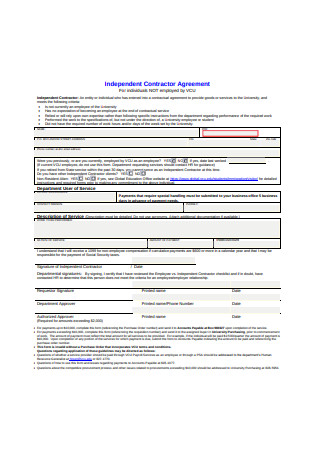
Independent Contractor Agreement Form Example
-
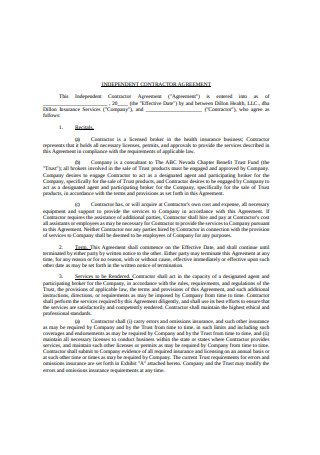
Standard Independent Contractor Agreement
-
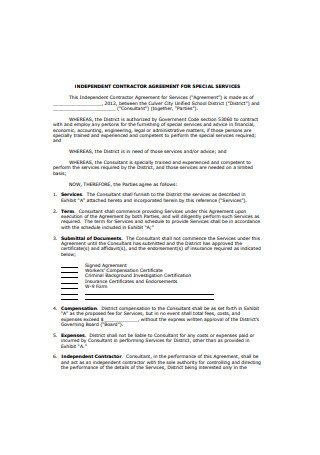
Independent Contractor Agreement for Special Services
-
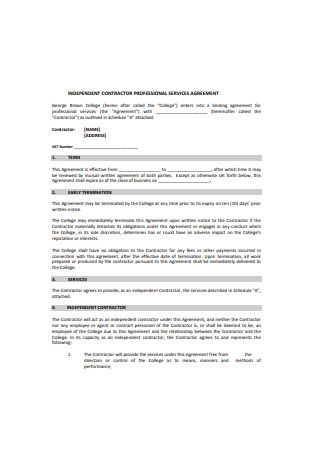
Independent Contractor for Professional Services Agreement
-

Professional Independent Contractor Agreement
-
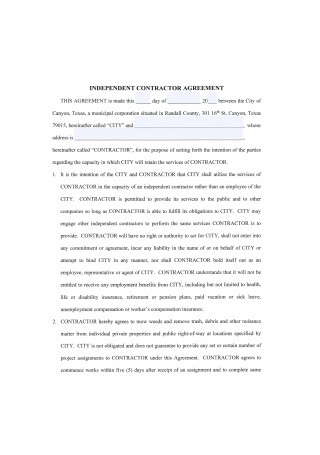
Independent Contractor Agreement Format
-
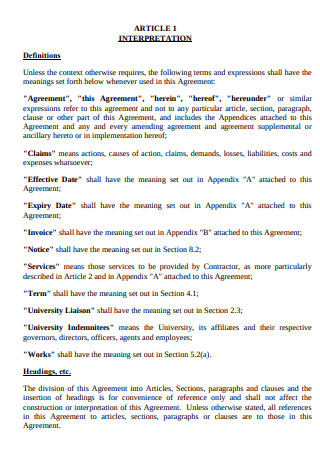
Business Independent Contractor Agreement
-
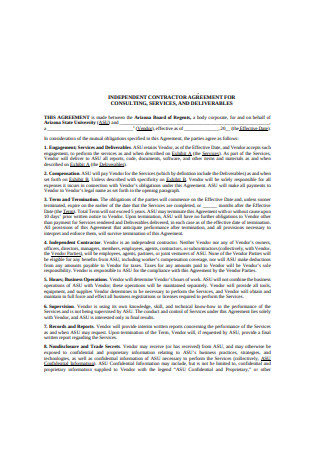
Independent Contractor Agreement for Consulting Services
-
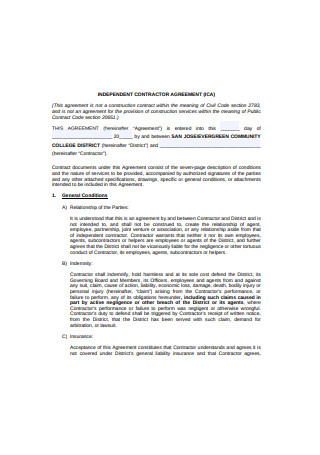
Independent Contractor Basic Agreement
-
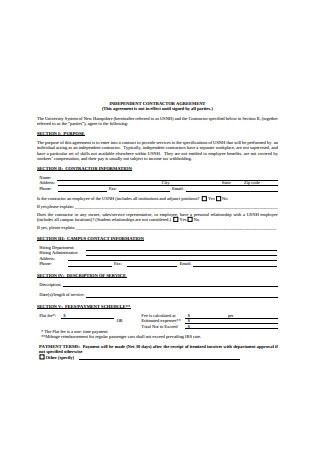
New Independent Contractor Agreement
-
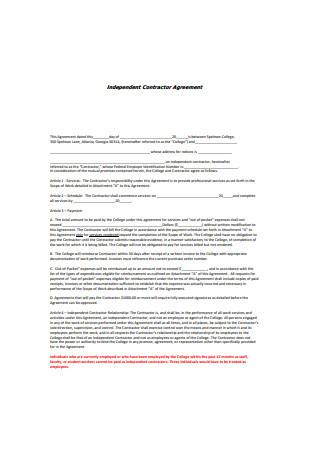
Independent Contractor Agreement in PDF
-
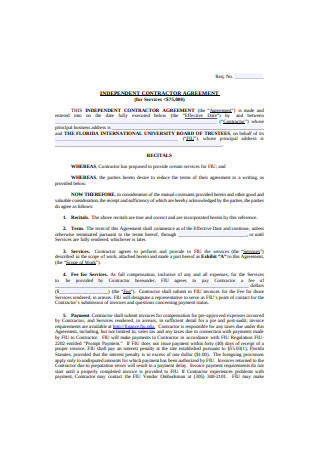
International Independent Contractor Agreement
-

Agreement Between Independent Contractor and Client
-
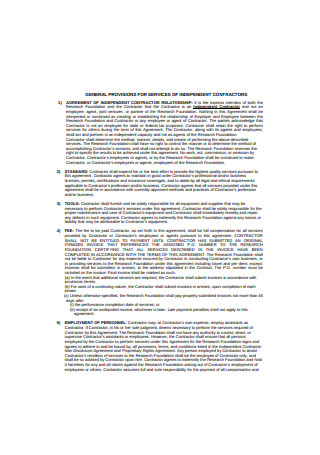
General Provisions for Services of Independent Contractors Agreement
-
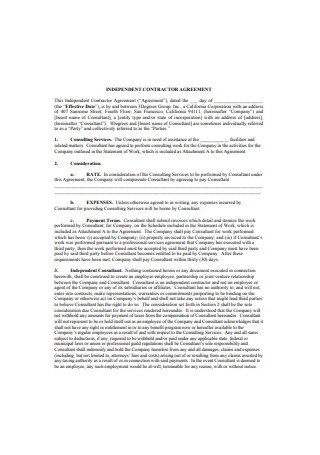
Independent Contractor Agreement in Business
-

Personal Independent Contractor Agreement
-
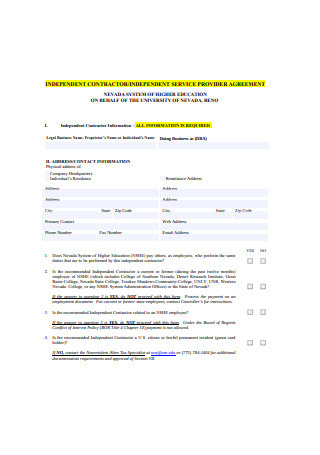
Independent Contractor Service Provider Agreement
-
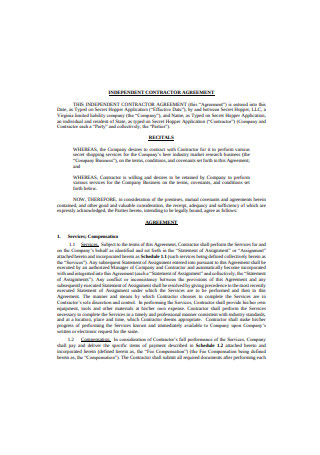
New Business Independent Contractor Agreement
-
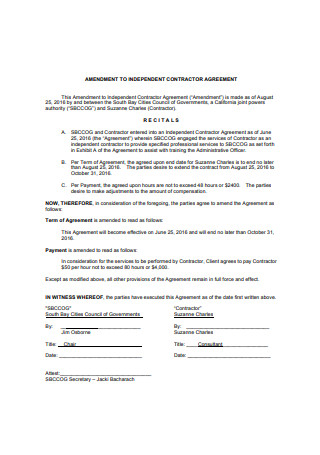
Amendment to Independent Contractor Agreement
-
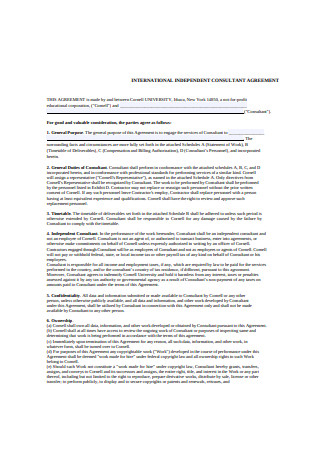
International Independent Contractor Agreement Format
-
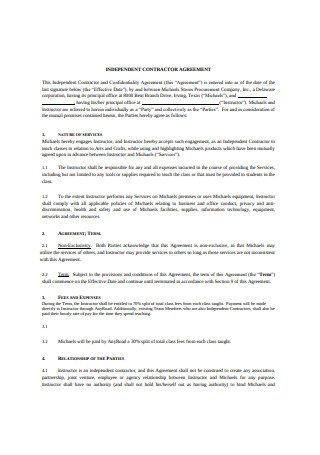
Independent Contractor Professional Agreement
-
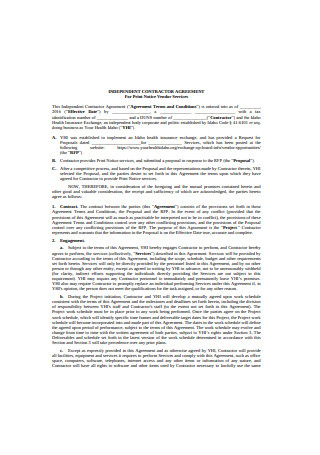
Independent Vendor Contractor Agreement
-
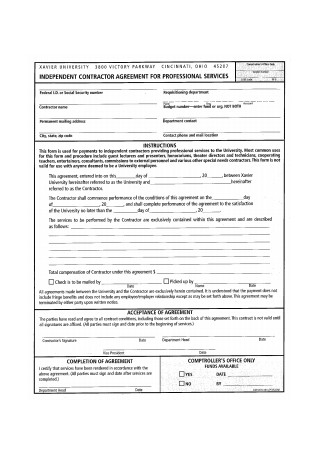
Independent Contractor Agreement for Professional Services
-

Health Independent Contractor Agreement
-

Independent Contractor Agreement for Healthcare Aide
-

Standard Independent Agreement Between Owner and Contractor
-
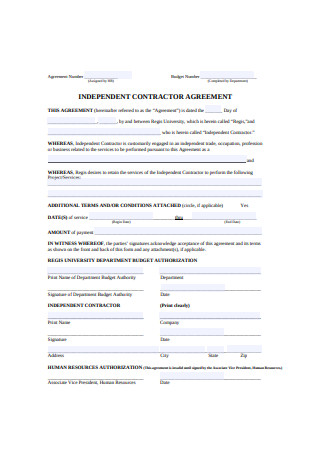
Authorization Independent Contractor Agreement
-

Counsulting Independent Contractor Agreement
-
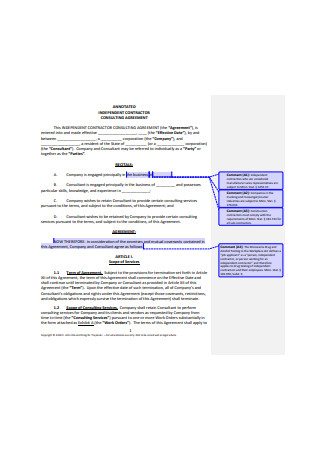
Annoted Independent Contractor Consulting Agreement
-
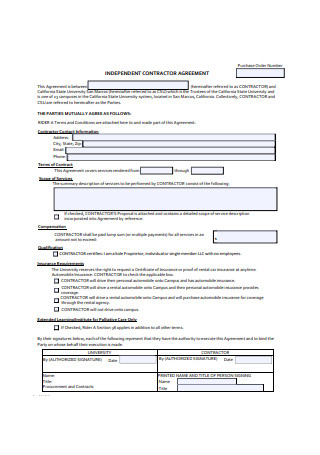
Independent Contractor Proposal Agreement
-
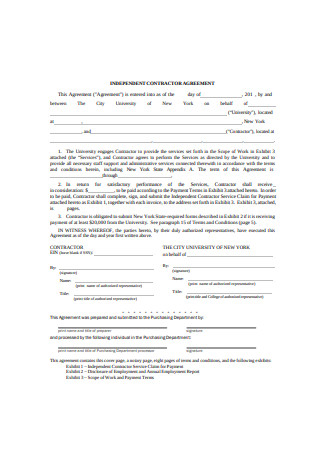
Independent Work Contractor Agreement
-
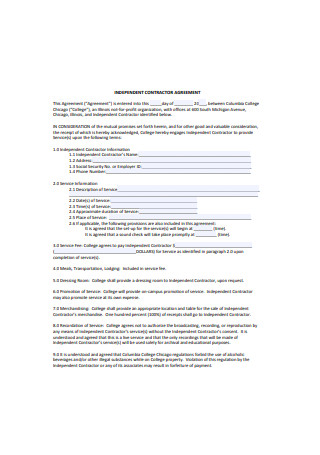
Independent Organization Contractor Agreement
-
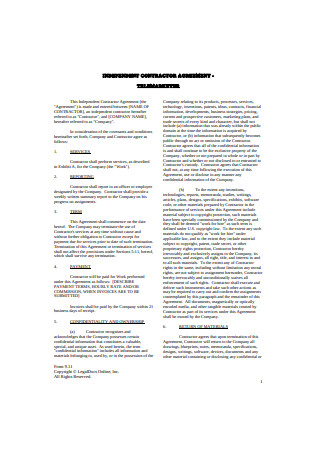
Telemarketer Independent Contractor Agreement
-
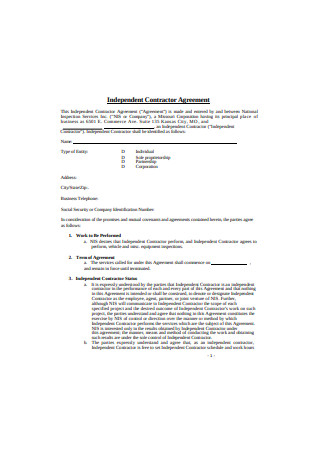
General Independent Contractor Agreement Example
-
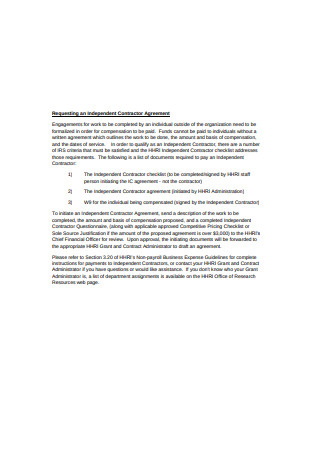
Requesting an Independent Contractor Agreement
-
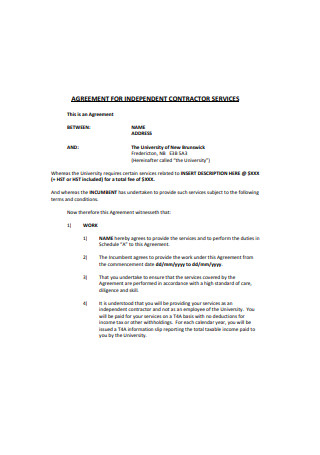
Agreement for Independent Contractor Services
-

Agreement for the Performance of Independent Contractor
-
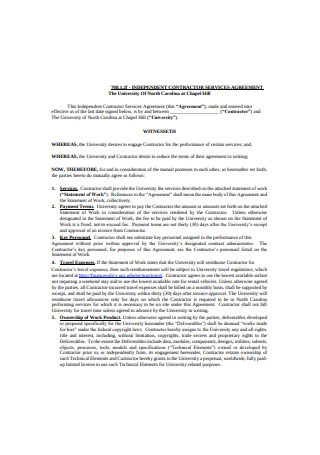
Independent Contractor Services Agreement Format
-
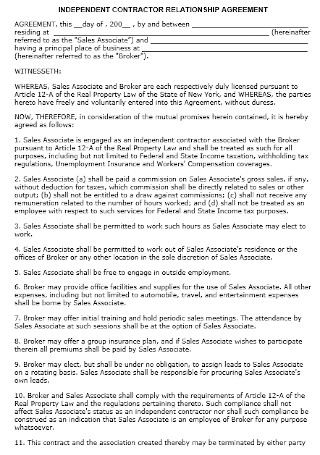
Independed Contractor Relationship Agreement
download now -
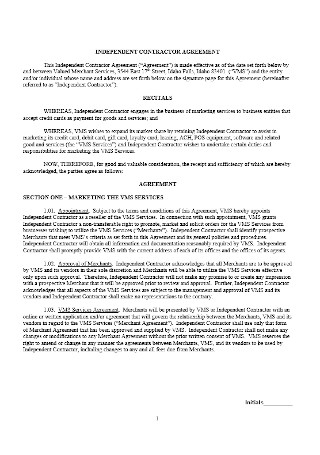
In depended Mar-chant Contractor Agreement Template
download now -
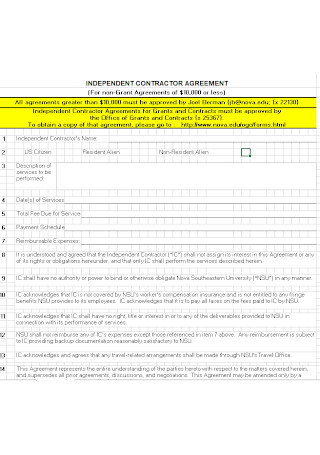
Independent Contractor Non Agreement Template
download now
What Is an Independent Contractor Agreement?
The definition of an independent contractor agreement is that of a written document that will serve as a legally ‘tools and supplies’ for the binding contract between two parties over a specific service. One of those two parties will be either a person or a company, serving as the client. The other party will be the contractor, who is hired by the client for work on a short term project or task. What makes this different from employment contracts is that this document clearly states why the contractor is not classified as an employee. Reasons for that tend to be related to both tax and legal purposes. According to National Public Radio, 1 in 10 workers is an independent contractor. This relates to a similar statistic provided by Brookings. According to them, the percentage of workers that are in alternative arrangements has actually fallen since 2005, when comparing its then-percentage of 10.7 to the current percentage of 10.1.
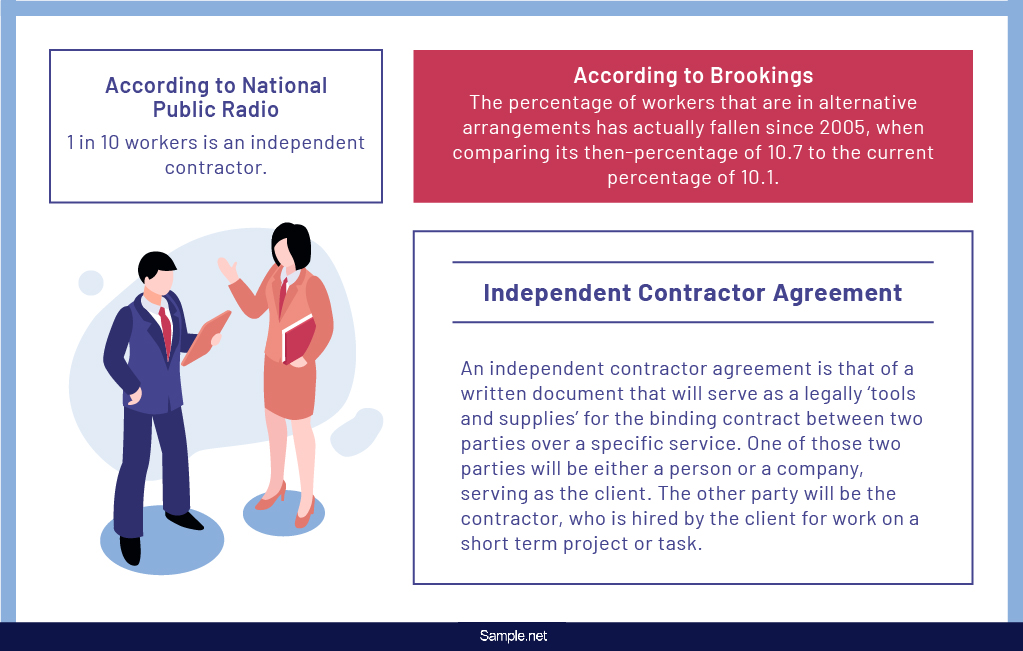
The Elements of an Independent Contractor Agreement
Before you start working on an independent contractor agreement, you must first discover all of the basic elements that this kind of document comes with. Each one serves a different yet highly significant purpose that contributes to the overall efficiency of the document as a whole. Take a look at the list below and discover for yourself what these elements are.
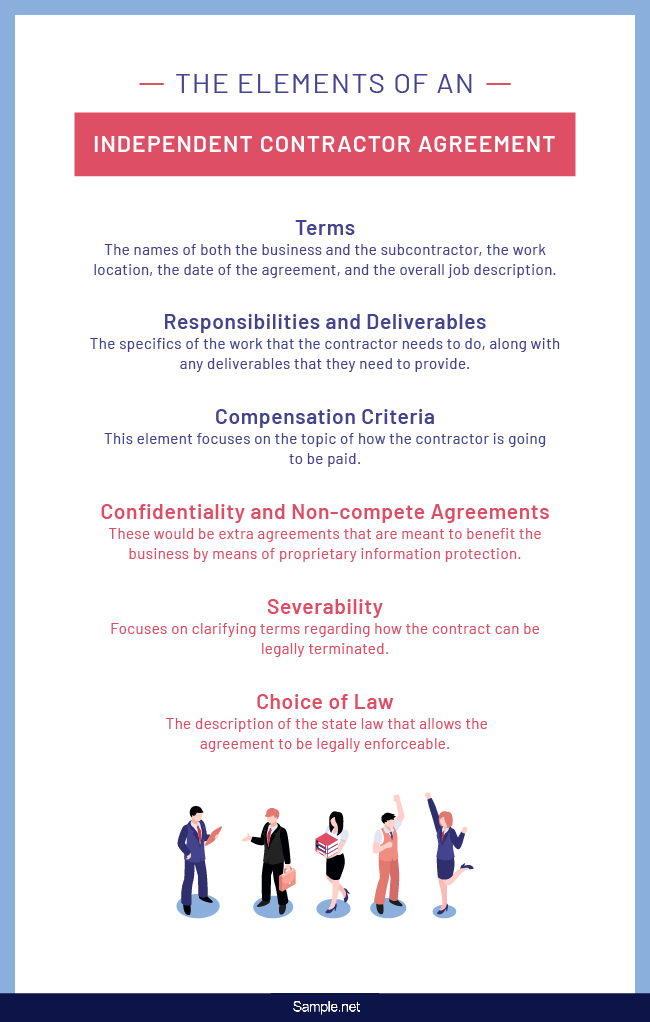
How to Draw Up an Independent Contractor Agreement
With the knowledge of an independent contractor agreement’s basic elements now confidently acquired, what comes next is learning all about how to draft the agreement in its entirety. The following steps should be able to help you accomplish this endeavor in a way that is relatively easy and quick.
Step 1: Download the Right Template
Those who want to start from scratch my skip this step entirely. For those who do not, the best way to kick things off would be to search for the right template to download. Once you have found the right one, get it and look over the parts where your necessary information is to be placed after you have started the overall editing process. Note that there are many wonderful templates to find online, making the process much easier for you.
Step 2: Enter the Details of the Contractor and the Client
The next step deals with you specifying who the contractor is and who are responsible for hiring him or her. If you are the client, then you may either enter your legal name or the name of the company that you are representing. These details will be among the first that any reader of the independent contractor agreement will see.
Step 3: Enter the Details of the Services to be Provided
For the third step, you will need to clearly state what services you are looking to receive from the contractor. Take note that you will need to be specific but at the same time, there is no need to be too in-depth with this part. Unless its inclusion is absolutely necessary, it is perfectly fine to omit some of the finer details of the service.
Step 4: Enter the Details of When the Relationship Begins and Ends
The fourth step will state the overall duration of the working relationship between contractor and client. Again, it is advisable that you be clear and specific about this section. Write down the exact date of start and the exact date of its end, if there is already an established and agreed-upon end date. If not, the month and year may suffice. This is also where you can discuss the terms of any potential termination of the contract for whatever reason provided that it is still a legal or acceptable one.
Step 5: State Why the Contractor is not Considered an Employee
To avoid complicated and costly legal entanglements, the fifth step will involve you ensuring that the chosen contractor is legally classified as that and only that. For further advice on this part, you may turn to the dos and don’ts section for elaboration on topics such as work hours, potential reimbursement, and so much more. Avoiding certain clauses and coverage will be greatly beneficial to you in the long run whilst keeping the contractor’s status as independent intact.
Step 6: Enter the Details of the Payment
The penultimate step is where you state just how much money the contractor is getting out of this temporary period of service to your company. Be as specific as possible not just with the amount that you have promise but also with the schedule. Part of ensuring that the contractor will not be considered an employee is the act of refraining from paying by the hour. Make sure that the contractor is only paid at the end of the project or through periodical intervals.
Step 7: Print Out the Document and Have it Signed
The very last step in this process is going to take place once you have either completely finished writing up your document or when you are through editing the pre-existing content of your template. Look through everything at least a few times to make sure that nothing you included in the agreement is inaccurate. After you are done proofreading everything, consult with your lawyer regarding the validity of the document and then proceed to print it out. With the document printed out, you and the independent contractor can sign it and have it notarized.
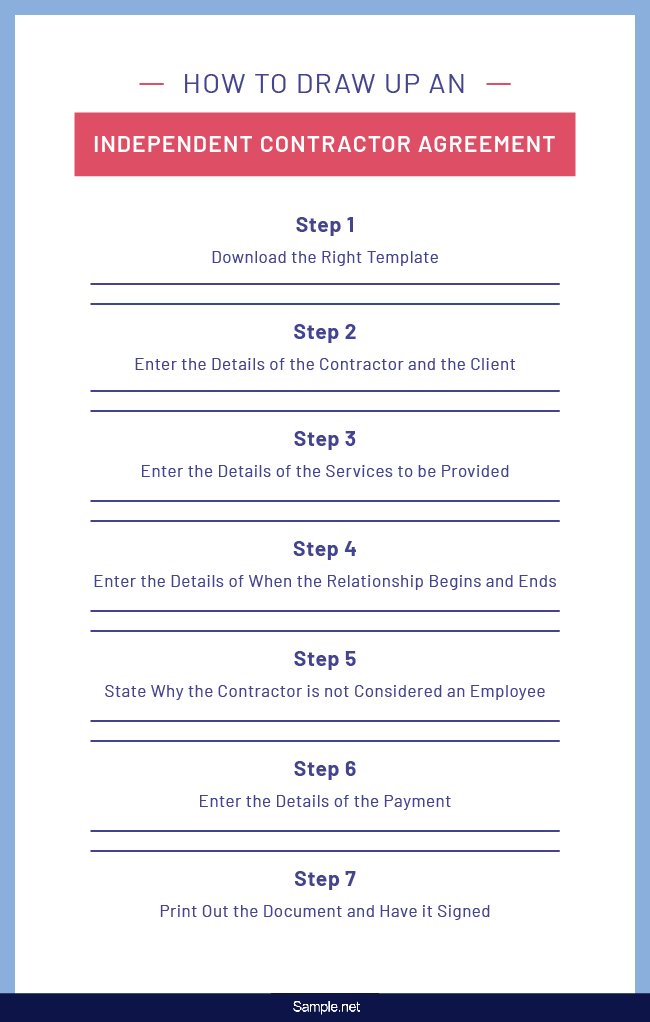
The Dos and Don’ts of an Independent Contractor Agreement
As important as it may be to be aware of the necessary elements and the steps needed to draw up the agreement, it is equally important to be aware of the many dos and don’ts. The following are the things you need to be aware of if you want to stay out of trouble and maximize the potential of the legal document. In avoiding pitfalls and finding ways to improve your situation, you will guarantee a better overall experience for you and the independent contractor.
Dos
Do discuss the project extensively beforehand.
Due to the fact that you won’t be able to rely on the independent contractor for too long, it is best to clear up any expectations you may have. Talk about the project in-depth. Discuss your goals for it, what you want, how you expect the contractor to contribute, and encourage him or her to also discuss what he or she plans to do. Leave nothing important out of your discussion. Once that is finished, you may put everything in writing to ensure that your deal will turn out in the best way possible.
Do agree to a definite payment schedule.
Remember that contractors do no accept promissory notes. As important as the details of the job are to you both, take note that the independent contractor’s payment is of equal significance. This is also something that the two of you need to discuss as well. Be sure that before the project or job is initiated, you have managed to work out the specifics of the payment deal. This will include how much you are going to compensate the independent contractor, when he or she is going to be paid, and whether there will be anything else to be expected out of your deal.
Do allow the independent contractor with enough freedom to do the job.
Being too much of a dictator or a micro-manager is hardly going to end well. When choosing an independent contractor, you need to get somebody that you can trust whole-heartedly with your project. Get a contractor who is reliable not just in terms of job quality and experience, but also when it comes to being self-motivated and creative enough to get things done without you breathing down his or her neck. If you choose to constantly hover over your contractor, you may simply end up accidentally delaying the process and disturbing the workflow of the contractor.
Do ensure that there is a binding effect set in place.
By including a binding effect in your independent contractor agreement, you will protect the relationship in the event that other people start interfering. This interference may come in the form of a company takeover, where ownership of the business will pass from one person to another. Another form that this can come in would be if another company either takes over the contractor directly or the hiring company.
Do ensure that you get all of the important details right.
Just like any other kind of legal document, an independent contractor agreement will demand absolute accuracy from you. When coming up with the agreement, you or your attorney need to double-check what you have included in the document. Anything that is contrary to what has been discussed or agreed upon beforehand with the contractor could result in disputes between the two of you. This tip does not just cover potential misinformation but also some of the more common kinds of errors like typos and grammatical mistakes.
Don’ts
Do not stipulate that you pay by the hour.
One of the main differences between full-time employees and independent contractors would have to be how they are paid. Full-time employees are known to have their pay calculated by the hour or according to how many days within the month they have worked. Independent contractors, on the other hand, are paid more along the lines of what specific jobs they have done. Stick to project fees and worry less about how many hours you need to take into account when paying an independent contractor. Most of all, never put a by-the-hour payment into the agreement.
Do not require set hours.
Among the many differences between a full-time employee and an independent contractor are the hours they put in for their employer. The former is made to work for a set amount of time on a daily basis. For the latter, the employer pays for the result of their work, not for the number of hours. Although that does not discount any possibilities of employers having some way in regards to working hours, the agreement should never require a specific amount. Many independent contractors work on their own time and perhaps that is where they shine best.
Do not state that you will reimburse expenses
Remember that only those who are stated to be full-time employees of your company are entitled to business expense reimbursement. Independent contractors do not have this right. If you choose to state that you will be reimbursing his or her expenses, you may be unintentionally classifying the contractor as an employee. In the event that you become embroiled in a worker classification dispute, such an act will work against you. Clients may believe that they are doing the right thing by offering to cover for their contractors but in reality, all they are doing is blurring the lines between employees and contractors.
Do not state that you will provide tools and supplies.
A hallmark of independent contractors would be the fact that they provide their own tools and supplies. Those who rely on the companies to provide them with equipment are considered employees. To avoid classifying an independent contractor as such, you need to state in the agreement that you will not be responsible for any of the tools needed for the job. You would also be wise to try and define what counts as “tools and supplies” for the contractor. In doing so, you can be better assured that you don’t end up providing anything that could put you at a legal disadvantage going forward.
Do not neglect to consult a lawyer for anything related to the agreement.
When in doubt, remember that you still have professionals who can provide you with the right guidance and advice. Do not hesitate to consult your lawyer if there are any issues that you cannot resolve on your own. As much as you may want to get this done quickly, it is always better to ensure that things are done right. Before you start putting certain clauses or stipulations into the agreement, talk it over with your lawyer and see if it is even a good idea or not.
As you can see, an independent contractor agreement is among the most important documents that you can ever employ when you find yourself in a position to hire contractors and freelancers. Those who among you who want to begin right away may want to consider online resources like a contractor agreement template. Just be sure that you do not forget to edit your chosen template’s pre-existing content in all the right places before printing it out as an official document for your personal use.
